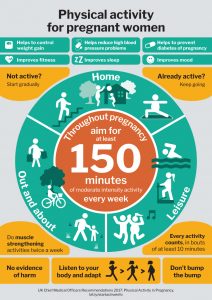Thursday 5th August 2021
Hours: 5
Patient presentations:
- Knee pain Post-Trauma
- STM for non-specific LBP
- Suspected AS
Reflection Focus
- Knee Pain Post-Trauma
Reflection Model
- Gibbs Reflective Cycle 1988
What Happened?
- Patient presented with knee pain after a traumatic ‘twisting’ episode. This was the patient’s 3rd visit and I had taken over the case from a previous practitioner. The patient was pregnant and in her 2nd trimester. The previous practitioner was treating the patient for a quadricep weakness, and I continued on the same treatment plan.
What were you thinking and feeling?
- I remember thinking that treating the patient for a quadricep weakness didn’t seem to fit the MOI. Traumatic knee twisting episodes are linked to injuries to the ACL and meniscus; however, after completing the objective assessment there was no further presentation which would strongly indicate trauma to the ACL or meniscus. Furthermore, the patient presented to clinic with a reduction in their pain so, even though I was initially unsure about the diagnosis, I felt it was best to follow the plan prescribed by the previous practitioner as the patient was improving.
What was good and bad about the experience?
- During the subjective assessment the patient had made a connection between moving less and a reduction in her pain. Furthermore, she had bought a brace to wear and had altered the way she walked up and downstairs due to her pain. Taking all these behaviours into consideration I was quite concerned that the patient was, or would soon be, beginning to avoid activity. Therefore, as the patient had seen a reduction in their pain, I spent time practicing some stair walking without her brace. The patient was pleasantly surprised that she could manage this pain free.
Analysis
- Women are advised to remain active throughout their pregnancy. (UK, Physical Activity Guidelines, 2019.) Inactivity, pregnant or not, can increase the chances of health conditions such as diabetes. (WHO, 2015.)
- I believe that by taking the time to address what the patient had been avoiding not only gave them a positive outlook on their current MSK pain; but, also reduced the likelihood of continuing with this behaviour which could be detrimental, particularly during pregnancy.
Conclusion
- Overall, I was happy with how I handled this appointment and that I identified yellow flags that were particularly important to address considering the patient was pregnant.
Revisiting Reflection
References
- UK Chief Medical Officers’ Phsyical Activity Guidelines. (2019.) Physical Activity for Pregnant Women.
- World Health Organisation (WHO.) (2015.) Physical Acitivity Strategy for the WHO European Region 2016-2025.
